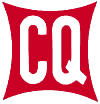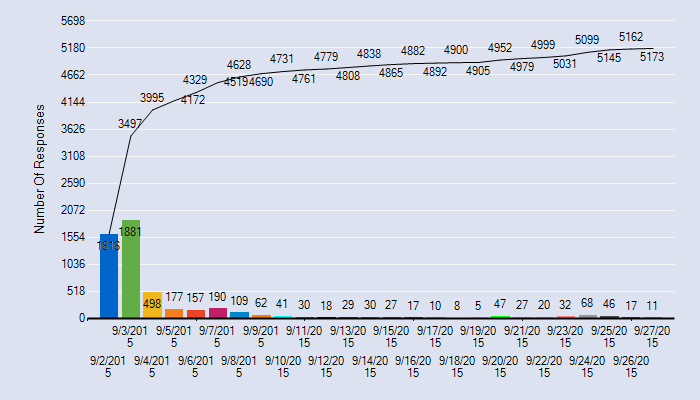We have had some questions about the new rule on recording the contest.
Here is the complete text of the new rule :
“XII.C. Audio Recordings: Any single operator entrant (see V.A.1) competing for a top three finish at the (a) World, (b) Continent , or (c) USA levels, must record the transmitted and received audio as heard by the operator for the duration of the contest operation.
The recording must be in a common format (e.g., mp3) and should include the audio to each ear as a separate channel.
The recording may be requested by the Committee within 90 days after the log deadline to help adjudicate the log.
The recording files must be provided by the entrant within 5 days of the request.
If no recording is made available, the Committee may reclassify or disqualify the entry. “
Key takeaways:
- Only applies to single-op UNASSISTED, including High, Low or QRP power, all band or single band. NOT Assisted, NOT multiop.
- Only applies to entrants expecting to finish in the top 3 in World, Continent or USA.
Comment:
The intent of the rule is to help the Committee check out suspicious tuning patterns for guys claiming UNASSISTED. It is hard (but possible) to determine if someone is poaching cluster spots from their Cabrillo file, but really easy when you have the recording.
Q: Where do I submit my recording files?
A: There is no need to submit any recordings unless requested by the Committee. Please keep the files in a safe place until after the results are announced (March the following year).

